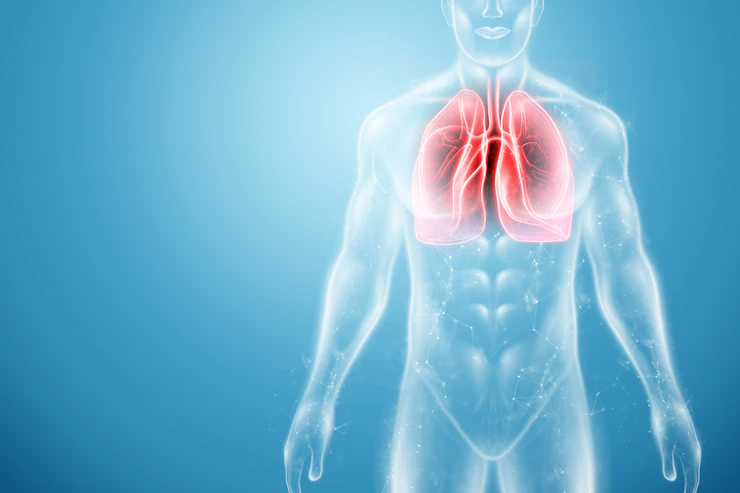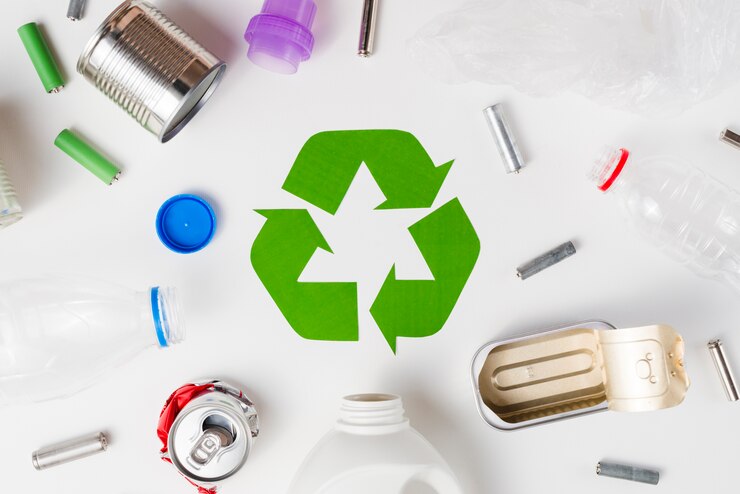Is Legionnaires’ Disease Airborne?
3 Mins Read
Published on: 21 June 2022
Last Updated on: 05 September 2024

toc impalement
Legionnaires’ disease, caused by the bacteria Legionella pneumophilia, is typically spread via airborne water droplets which are then inhaled.
Only water droplets with high enough concentrations of Legionella bacteria can cause the disease, and these high concentrations typically only occur in specific environments.
In this article, we look at how Legionnaires’ disease spreads, to help give business owners a better idea of how to mitigate against outbreaks in their establishments.
For further reading, take a look at the extensive information and guidance on the Water Hygiene Centre website.
What is Legionnaires’ disease?
Legionnaires’ disease is a type of atypical pneumonia caused by Legionella bacteria. In otherwise healthy individuals, it has a fatality rate of around 10%, while in those with other underlying health conditions, it has a fatality rate of around 25%. In all cases, hospitalization is generally necessary.
Legionnaires’ disease was first identified at a convention of the American Legion in 1976, where it killed around 29 people and hospitalized over 150.
The first case was a classic example of how Legionnaires’ disease can occur in a water system and then spread.
The bacteria proliferated to dangerous levels in the water tower in the hotel and was then spread as fine water vapor through the air conditioning.
Is Legionnaires’ always caught via inhalation?

As it is a pulmonary infection, Legionnaires’ disease can only be caught when high concentrations of the infective bacteria get into the lungs. This is typically only the case when an individual inhales infected water droplets.
While it’s possible to catch Legionnaires while drinking from an infected source, it’s extremely rare, as the water would have to enter the lung while drinking. This typically only occurs in those who have difficulties swallowing.
How does it grow?
While Legionella bacteria is common in a lot of water sources, it only tends to appear in dangerous quantities in specific environments.
This tends to be where water is stagnant and at a certain temperature – between 25 and 40 degrees centigrade. In establishments that pose a high risk, such as hotels and schools, there are a number of locations where this might occur.
The bacteria can multiply in intentional water storage units, such as boilers, but also in other areas where water isn’t meant to be stored for long periods of time, such as in taps and pipes.
Taking all of these factors into account when conducting a legionella risk assessment is complex, and generally requires the expertise of a water hygiene consultant.
How is it spread?
Once the bacteria are present in the water system at high enough concentrations, all that’s required for an outbreak is for that water to be inhaled.
In environments such as hotels, this can happen in a wide variety of circumstances. Water can enter the air from around water taps, showers, pools, and, as in the original case in 1976, via air conditioning units.
What are the next steps?
Ensuring that all of these risks are mitigated is necessary to protect against outbreaks of Legionnaires’ disease, as it only takes one neglected tap to infect anyone who uses it.
Ensure that your business undergoes the correct legionella training and necessary assessments to mitigate any risks related to the spread of Legionnaires’ disease.
Read Also:


















Comments Are Closed For This Article